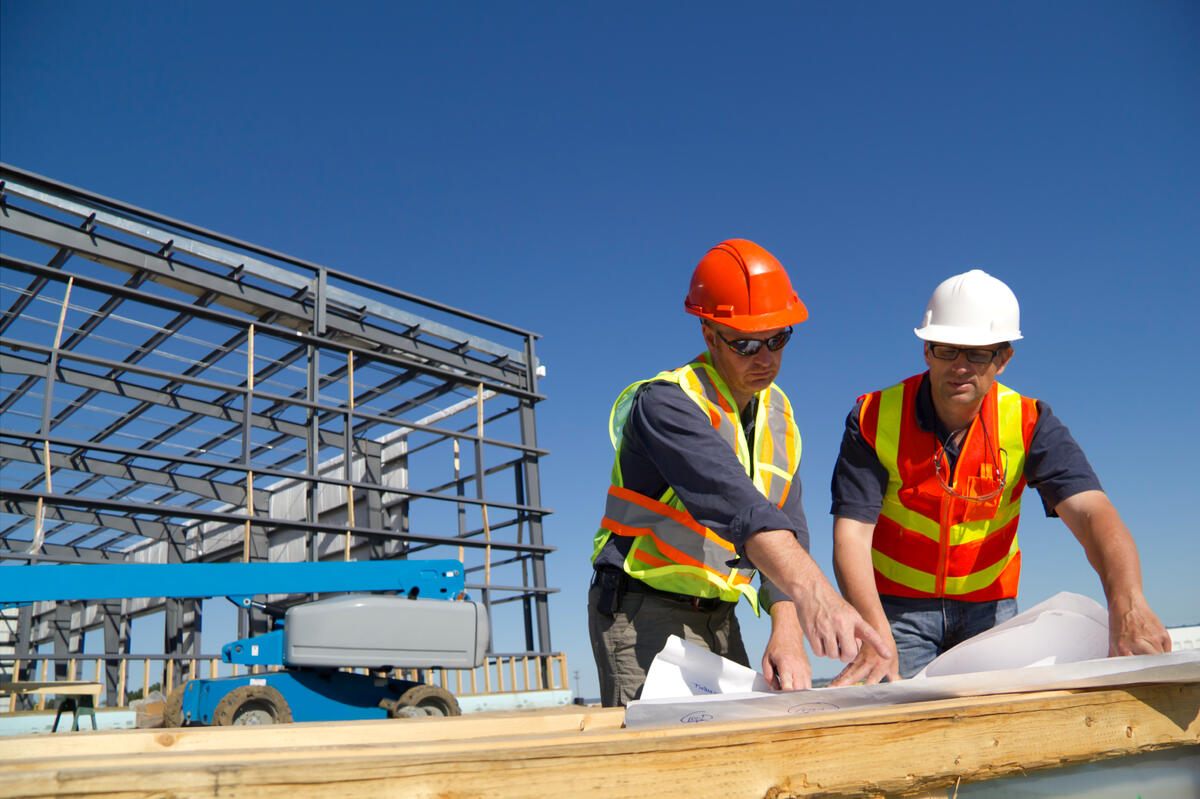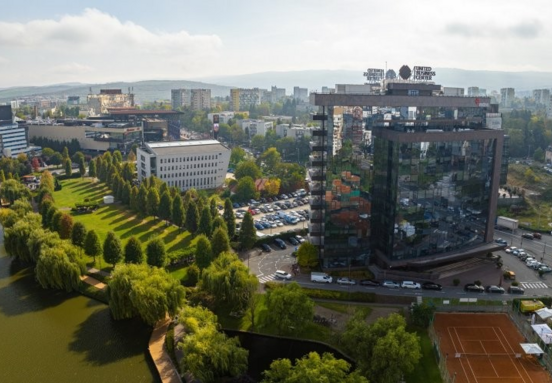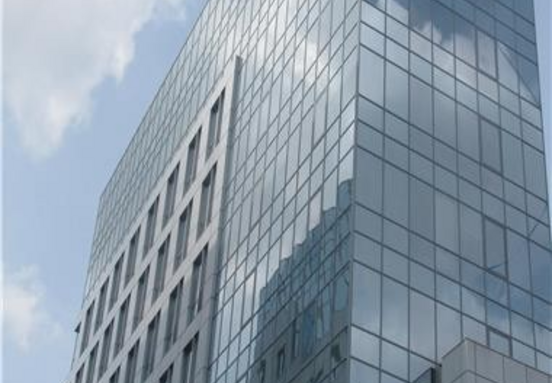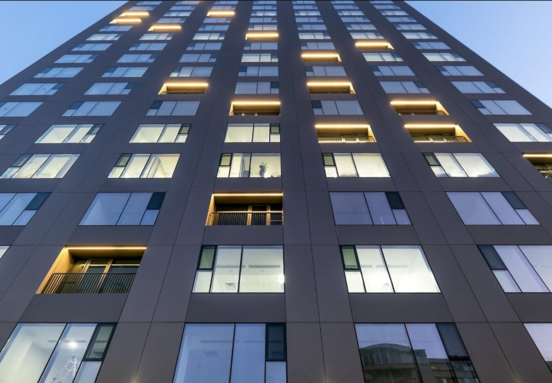Non-residential buildings saw the largest development during this time (up 47.9 percent), while residential building works dropped 24.4 percent. Engineering works went up 3.3 percent.
New construction works saw a 16.6 percent rise, capital repairs increased by 12.8 percent while maintenance and current repairs works grew 4.7 percent.
As gross series, construction works increased by 13 percent, with non‐residential buildings seeing a 43.8 percent rise and residential buildings falling 23.9 percent.
The first semester of 2015 also showed an increase in construction works year on year, going up 10.9 percent (adjusted series).
By structure elements there were rises as follows: capital repairs works – 19.9 percent, new construction works – 11 percent and maintenance and current repairs works – 8.7 percent.
Non-residential buildings again took the lead with 16.3 percent, followed by residential buildings and engineering works with 12 percent and 0.8 percent increases, respectively.
When comparing June to May 2015, construction works volumes rose 3.5 percent (adjusted series), mainly due to new construction works (up 6 percent). Capital repair works and maintenance works decreased by 6.5 percent and 6 percent, respectively.
Residential buildings registered a 26.2 percent fall, while non‐residential buildings (up 6.3 percent) and engineering works (up 4 percent) saw slight increases.
As gross series construction works went up 21.9 percent, aided mainly by new construction works (up 24.9 percent) and current repairs works (up 23.8 percent).
Though engineering works (up 30.3 percent) and non‐residential buildings (up 22.4 percent) saw increases, residential building works fell 7.9 percent in June against May 2015. (source: business-review.eu)







